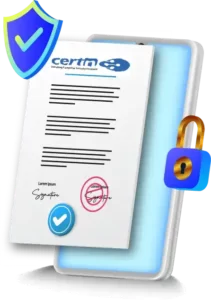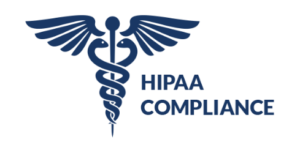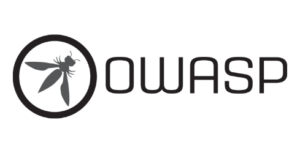Secure Code Review
A secure code review is a specialized process that involves manually and/or automatically reviewing an application’s source code to uncover hidden vulnerabilities, design flaws, detect insecure coding practices, backdoors, injection flaws, cross site scripting bugs, weak cryptography, etc.
Every business develops software or applications that are written in a variety of languages and frameworks. Each application/software is programmed with a set of codes that may have various vulnerabilities and weaknesses. The goal of secure code review is to improve the code’s security and uncover any flaws before they may cause any harm.























